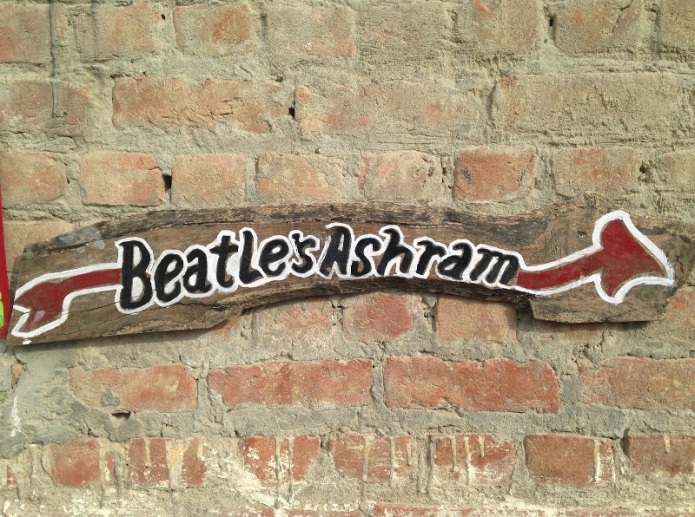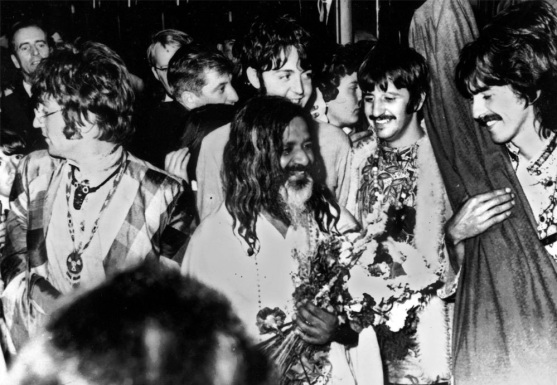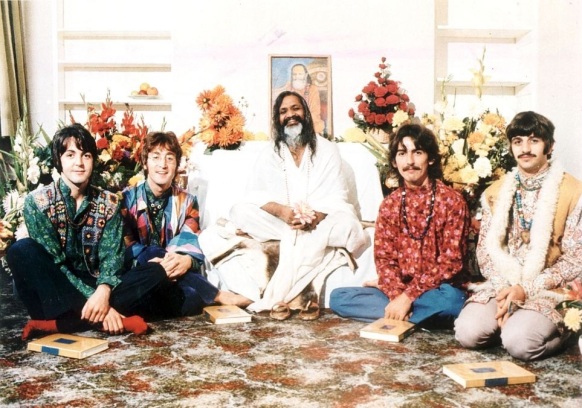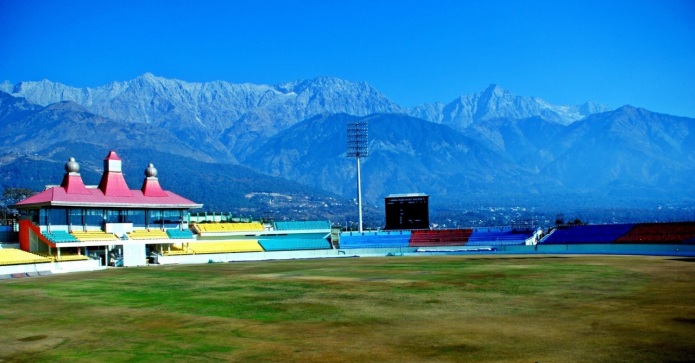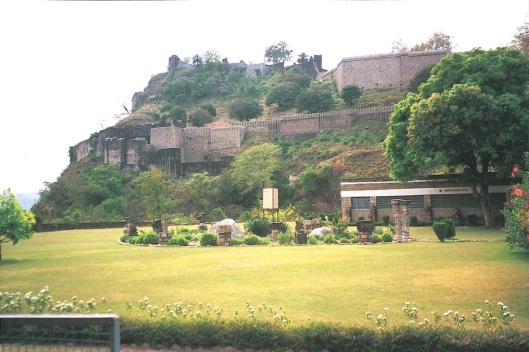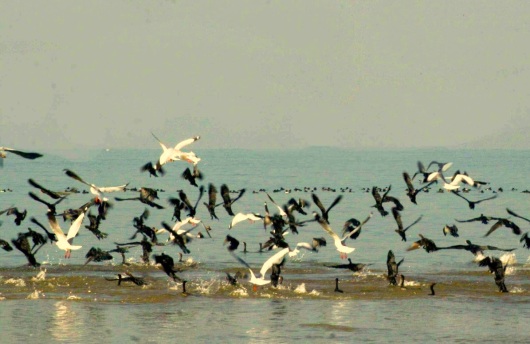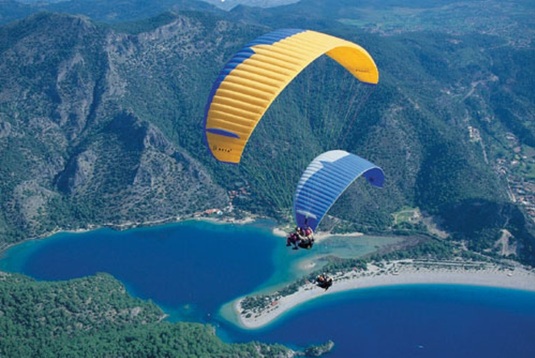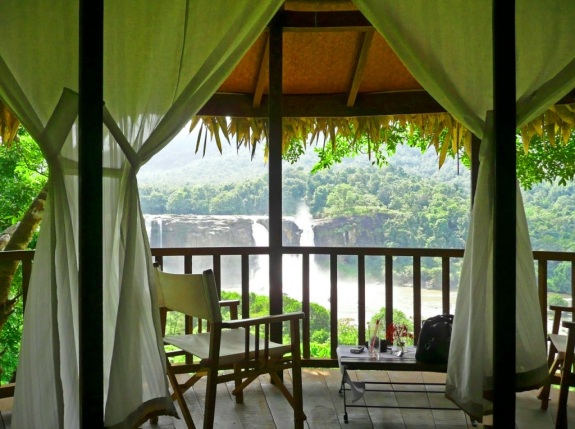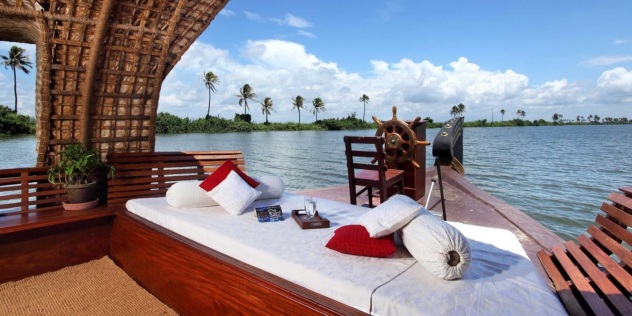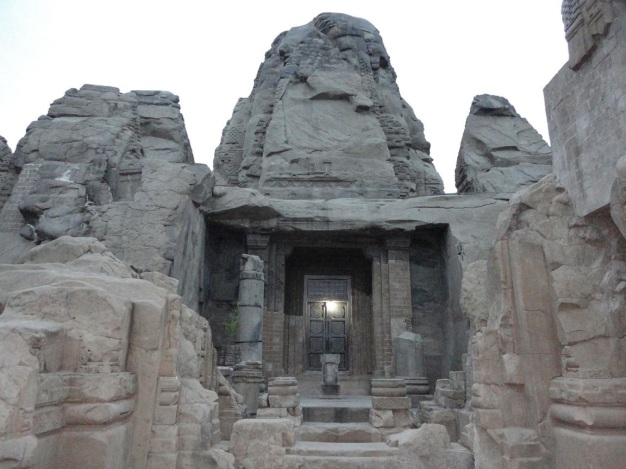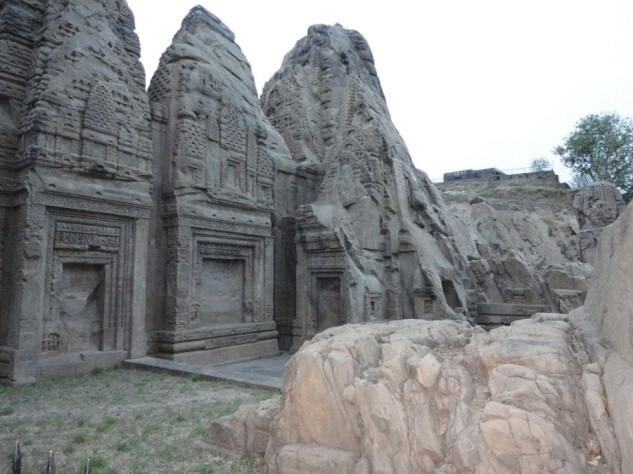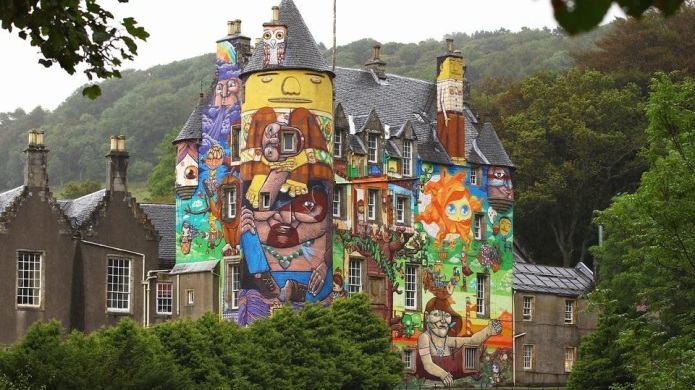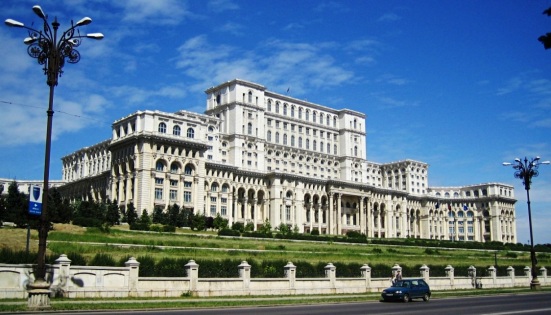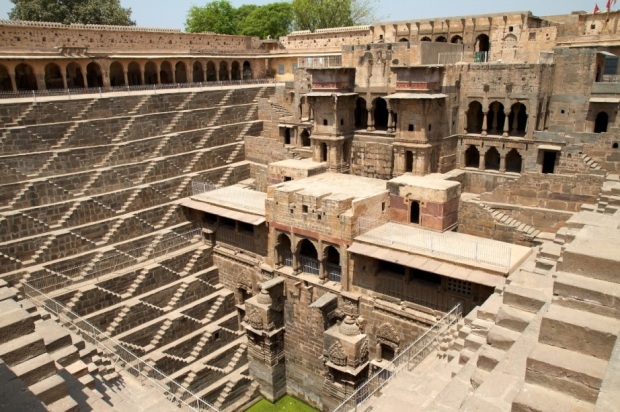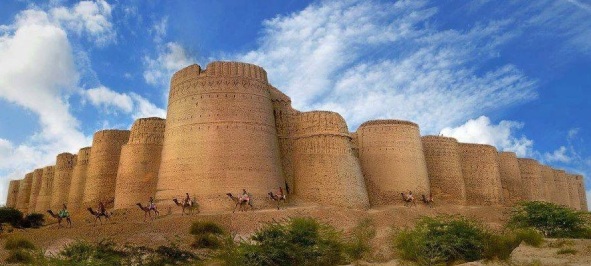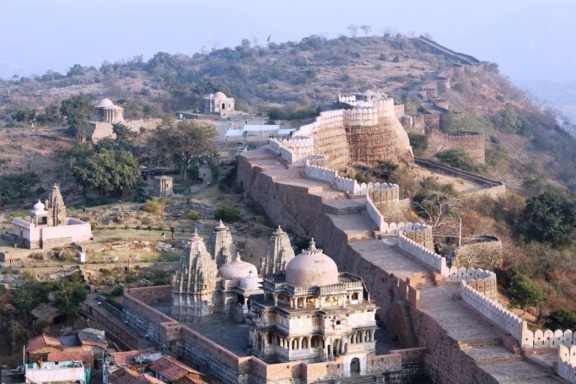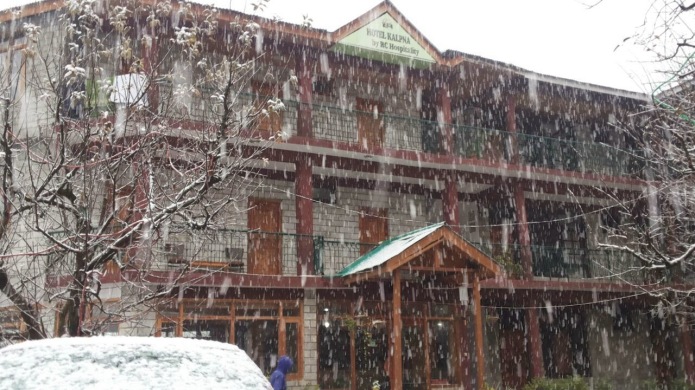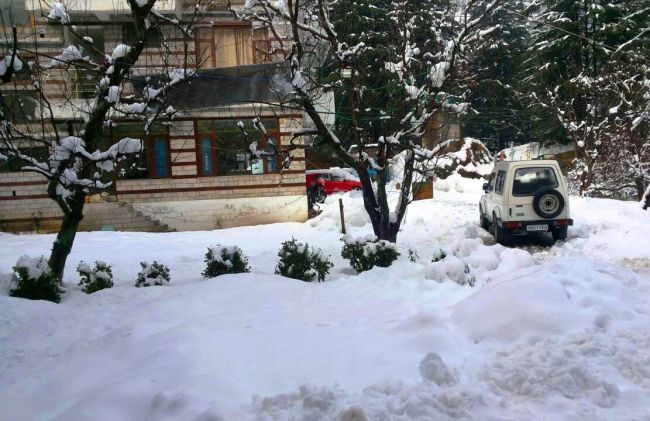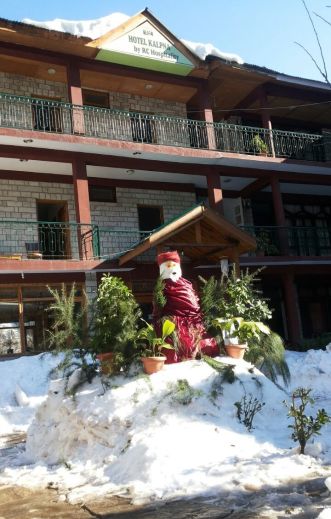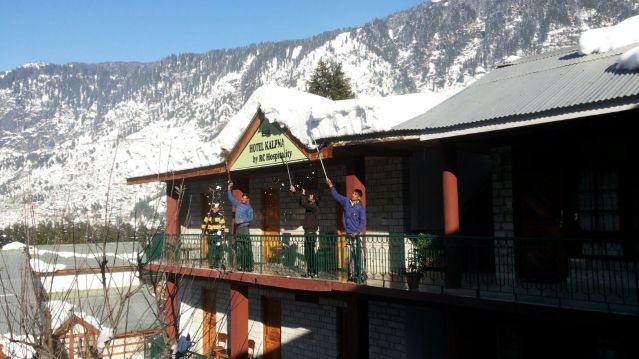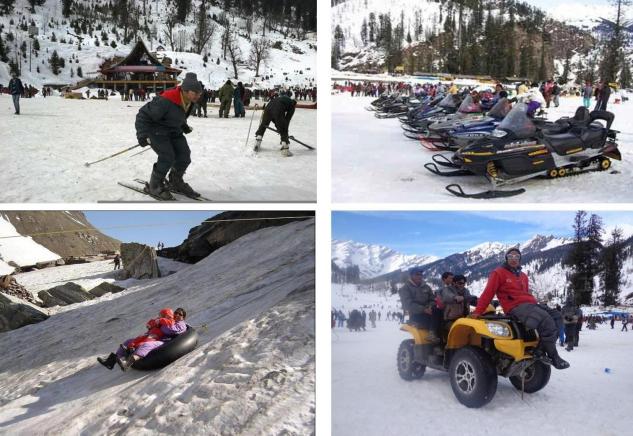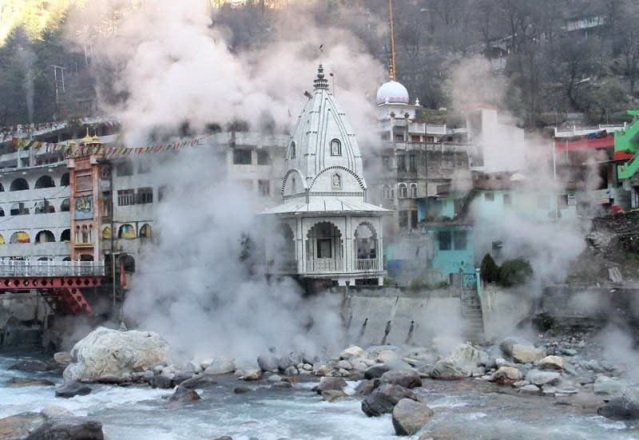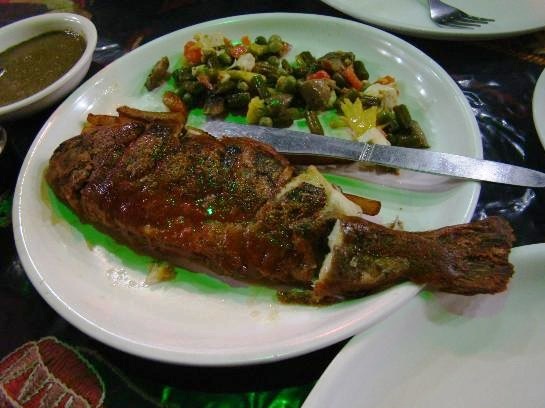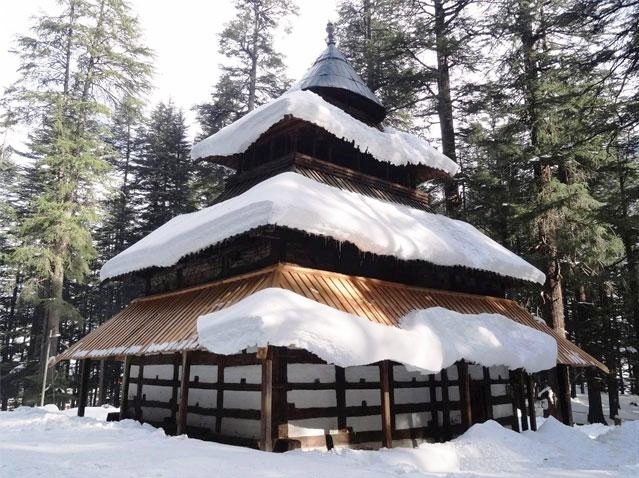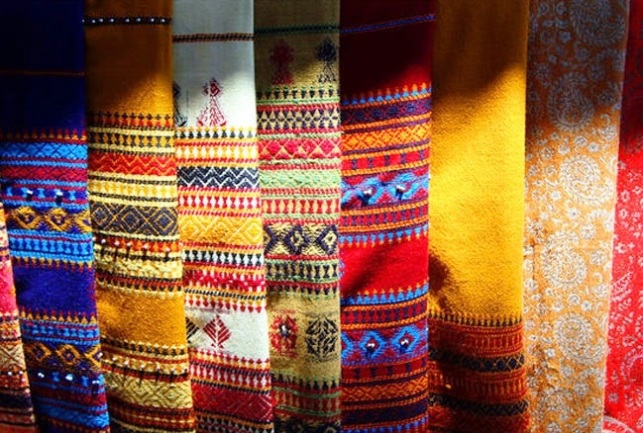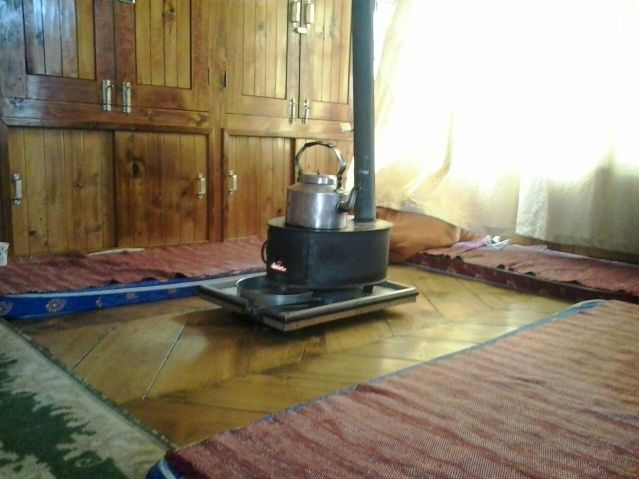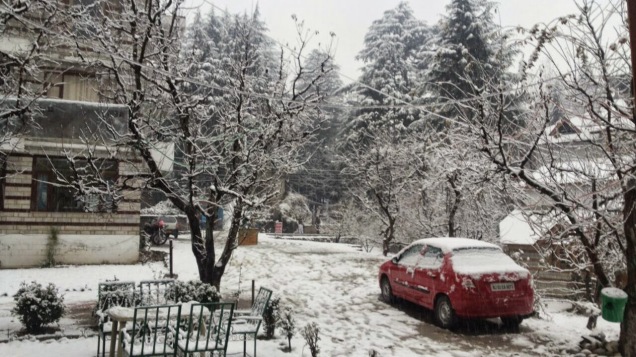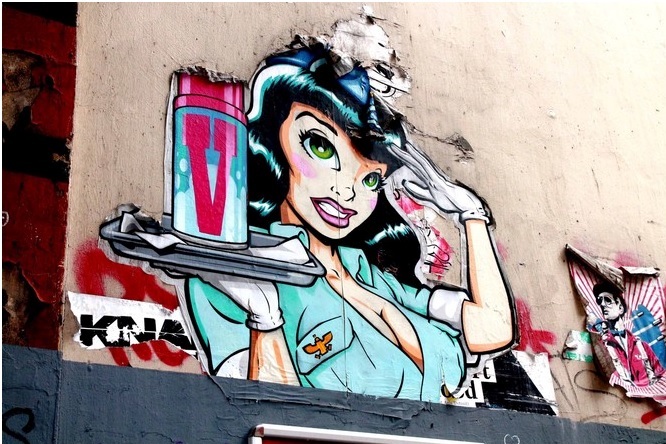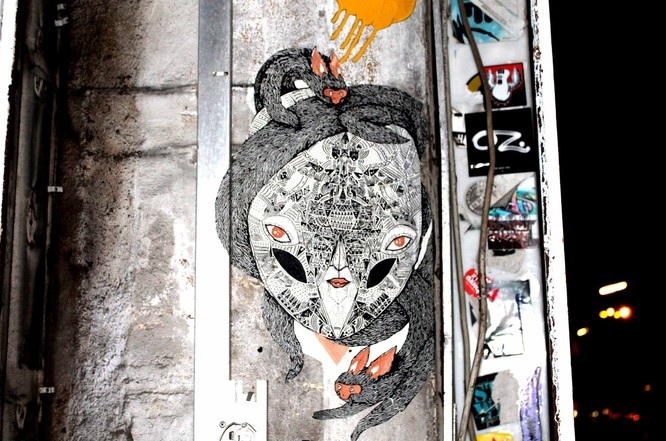One half of the Fab Four may not even be alive today, but the Uttarakhand government is hoping that the spirit of the Beatles gang will help it shore up the sagging tourist numbers.
John Lennon, Paul McCartney, George Harrison and Ringo Starr had spent seven weeks meditating at the erstwhile Maharishi Mahesh Yogi Ashram in Rishikesh, beginning February 1968.
To capitalise on that wondrous seven week connection, the Uttarakhand government now plans to promote eco-tourism here and get more footfalls.
Rajaji National Park’s director Neena Grewal said: “We want to revive the Beatles connection to the ashram as a lot of tourists come here because of it. We will restore the huts as a part of promoting eco-tourism in Chaurasi Kutiya. We will submit a detailed proposal to the government soon.”
Most of the old buildings associated with the Beatles’ 1968 visit were razed by the ashram management with a view to creating modern infrastructure. But the bungalow of Maharishi Mahesh Yogi, where the argument between him and Starr took place, still stands.
A number of foreigners still visit the ashram every day but cut short their trip when they see elephant dung lying around. Tall bushes and vandalised facades here tell a sad tale. As the ashram is part of the Rajaji National Park, elephants, leopards and other wild animals intrepidly roam around here.
So the Rajaji National Park management plans to trim the bushes and renovate the 123 huts – shaped like igloos – in a phased manner. There are also plans to exhibit photographs of the Beatles’ 1968 tour in a hall.
Apart from transcendental meditation, the quartet heavily indulged in music, substance abuse and some serious fun during the Indian sojourn, and riveted global attention on the sleepy, spiritual township because of their antics.
The Beatles visit had a major impact on the holy township’s tourism sector too, with the flow of western tourists growing manifold. Even today, foreign tourists come here in large numbers to learn yoga, meditation and enjoy natural therapy.
But then the ashram fell on bad days, especially after the 15-acre land’s lease expired in 1981 after 20 years, and it is currently in the forest department’s charge.
The boys from Liverpool had come to India with their friends and the trip did have a deep impact on their lives and creativity, though none of the Fab Four managed to complete the three-month course. Starr was the first to leave after 10 days, McCartney stayed five weeks while Lennon and Harrison left after seven weeks.
They suddenly decided to return home after a feud with the Maharishi, but the Beatles had composed – by one count – no less than 48 songs during their stay. Many of these songs became part of The Beatles (aka the White Album), while some other songs appeared on Abbey Road and solo records.
Lennon wrote I’m So Tired during the beginning of their stay in Rishikesh. It was influenced by the fact that he was unable to sleep, free of drugs as he was for the first time since 1964. “I couldn’t sleep; I’m meditating all day and couldn’t sleep at night. The story is that. One of my favourite tracks. I just like the sound of it, and I sing it well,” he later said.
When the Beatles were leaving Rishikesh, Lennon began singing the song that would become Sexy Sadie. Originally titled Maharishi, with the lyrics showing his discontent in ‘What have you done/you’ve made a fool of everyone’, Harrison poignantly recalled those moments: “Lennon had a song he had started to write which he was singing: ‘Maharishi, what have you done?’ and I said, ‘You can’t say that, it’s ridiculous.’ I came up with the title of Sexy Sadie and Lennon changed Maharishi to Sexy Sadie.”
Of the Beatles, only Harrison continued a spiritual connection with India, visiting the country a number of times. Later, in the 1990s, he apologised for the way he and Lennon had treated the Maharishi.
courtesy: India Today, photos from various sources
For your pilgrimage to the yoga capital of the world, Rishikesh tweet @Road2travel
